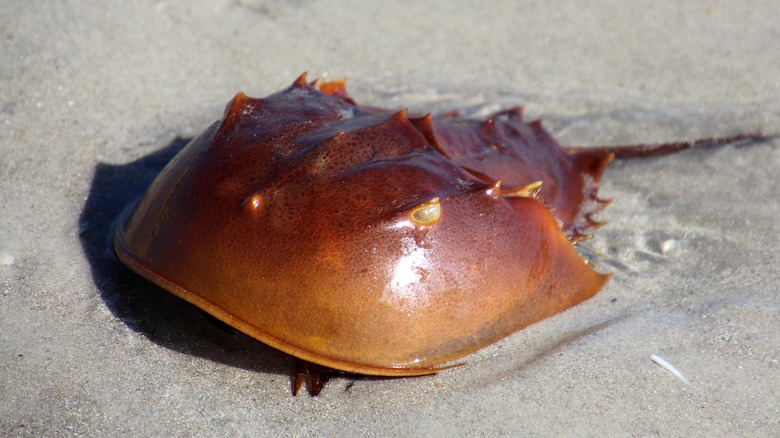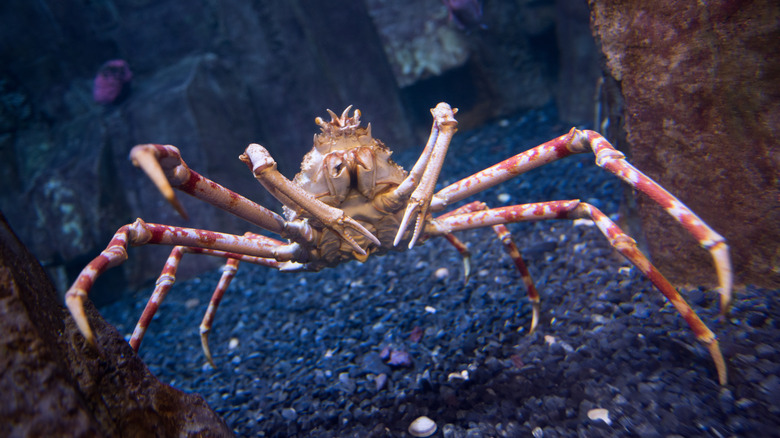The phylum Arthropoda is the biggest primary taxonomic category in the animal kingdom because it includes arachnids, crustaceans, insects, and centipedes and millipedes across its four subphyla — Chelicerata, Crustacea, Hexapoda, and Myriapoda, respectively. Like the differences between crustaceans and insects, there are differences between crustaceans and arachnids. That’s why, even though its name tricks you into thinking that it’s a crustacean and it’s a common type of crab on the New Jersey Shore, the horseshoe crab is actually a relative of arachnids, such as scorpions and spiders.
The fact that horseshoe crab (order Xiphosura) is an arachnid rather than a crustacean is relatively new to the biology community, having only been confirmed in a 2019 study published in Systematic Biology. Scientists have known for a while that these animals are closely related, but it’s been challenging to classify them within the phylum Arthropoda because their genome is more similar to arachnids. For the study, Jesús Ballesteros and Prashant Sharma — evolutionary biologists at the University of Wisconsin–Madison — used various methods to analyze the complete genomes of three horseshoe crab species (there are only four) to more than 50 different arthropod species’ genomes. Regardless of how they analyzed the data, horseshoe crabs always fell into the arachnid branch of the family tree.
Ballesteros said in a press release, “By showing that horseshoe crabs are part of the arachnid radiation, instead of a lineage closely related to but independent of arachnids, all previous hypotheses on the evolution of arachnids need to be revised. It’s a major shift in our understanding of arthropod evolution.”
Interesting facts about horseshoe crabs

As one of the many spectacular sea species in the Gulf of Mexico, horseshoe crabs mostly live on the North American and Asian east coasts. Their bodies are divided into three hinged parts: a cephalothorax (fused head and thorax) with two sets of eyes, a segmented abdomen, and a long telson or tail-spine that’s sharp. As animals found in estuary environments, their diet consists of algae, mollusks like clams, dead fish, and marine worms. Plus, along with their vital ecological role, horseshoe crabs are important to humans: Fishermen use them as bait for eels, while the biomedical industry harvests them for the coagulogen — a clotting agent — in their blue blood.
The earliest fossil record of the Xiphosura is from about 450 million years ago during the Ordovician, the second period of the Paleozoic Era — which is about the same as for other arachnids. However, the suborder Xiphosurida consisted of multiple families that are now extinct but existed more than 500 million years ago during the Cambrian, the first period of the Paleozoic.
Because of that, scientists are still trying to determine which arachnids came first. It’s possible that a common arachnid ancestor evolved in a marine habitat and a group made its way to land, but some scientists believe that it’s more likely the ancestor evolved on land and made its way to water. No matter what, horseshoe crabs survived several mass extinction events, evolving alongside trilobites — a group of now extinct arthropods — with significant changes in shape and size since the Carboniferous, the fifth period of the Paleozoic.

